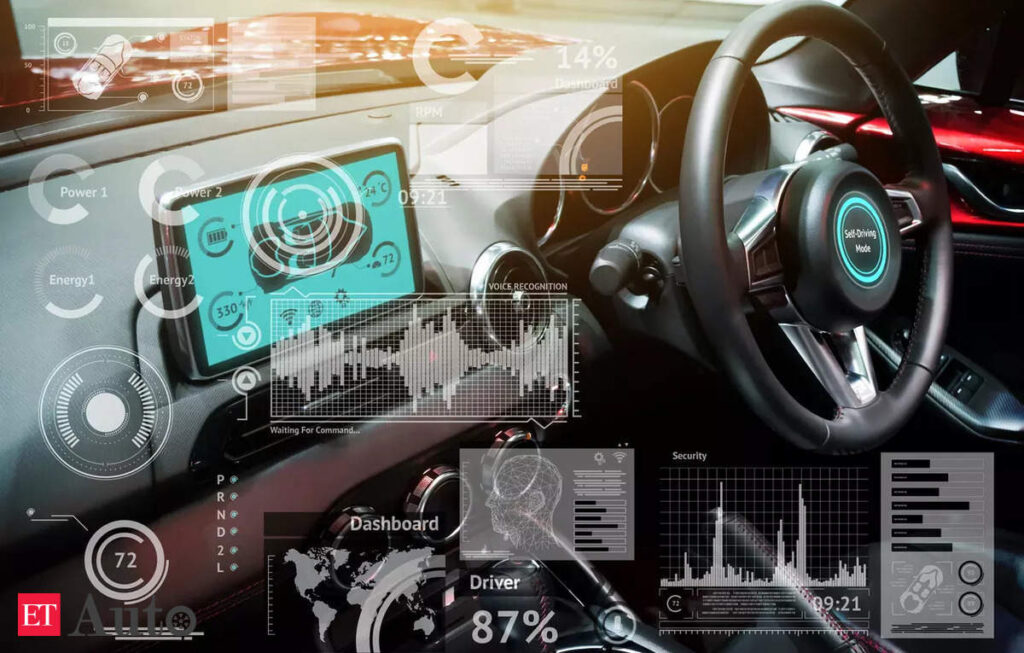With the increasing digitalisation in vehicles, where software controls many critical and non-critical functions, OTA updates feature has become a cornerstone of modern vehicles due to its profound impact on convenience, vehicle functionality, and long-term customer satisfaction. The technology is transforming the automotive industry by enabling manufacturers to wirelessly deliver software enhancements, fix bugs, security patches, and even add new features directly to a vehicle, revolutionizing vehicle maintenance, and reducing the need for physical service visits to dealerships.“OTA technology significantly reduces downtime, enhances user experience, and allows manufacturers to patch vulnerabilities or introduce new features post-purchase, thereby extending the vehicle’s lifecycle,” explains Pushpahas Joshi (EVP & Member of Executive Board, Head of Connected Products & Solutions), KPIT Technologies.
Sudhir Kataria, Head – IT, JSW MG Motor India, said “In the Indian auto industry, Over-the-Air (OTA) update capabilities have become a defining feature of advanced vehicles. The vehicles with Over-the-Air (OTA) capabilities bring game-changing advantages such as updates for infotainment and navigation – saving customers the hassle of service centre visits while cutting costs for manufacturers. OTA also keeps vehicles up-to-date with new apps ensuring a better and more modern driving experience. Without OTA, vehicles rely on manual updates, which are slower, more expensive, and limit improvements after purchase.”
Today, JSW MG Motor has expanded OTA capabilities across its portfolio – MG Hector, the ZS EV, the MG Astor, the MG Gloster, MG Comet and MG Windsor. JSW MG Motor has been one of the leading players in offering connected vehicle technology with OTA update features in the country.
Some of the other notable car models offering OTA updates feature include Tata Motor’s Harrier and Safari, Maruti Suzuki’s Vitara Brezza, Baleno, XL6, Ertiga, and Fronx, Mahindra’s XUV700, Kia’s Seltos, and Toyota’s Urban Cruiser Taisor. Hyundai Motor India has also announced plans to equip all its new models, including EVs and select ICE vehicles, with OTA update capabilities by 2025.
The OTA system leverages secure connectivity—be it Wi-Fi, LTE, or 5G—to push updates from a centralised cloud server to individual vehicles. These updates are typically downloaded and stored until the vehicle is idle, at which point they are installed, ensuring minimal disruption and robust security. Currently, OTA updates mainly address infotainment systems, navigation, telematics, diagnostics, performance tuning, and driver assistance systems (ADAS), paving the way for a seamless and efficient user experience.
However, the future scope of OTA capabilities is expansive. It is expected to include advanced ADAS improvements and safety features, enhanced personalisation such as customised driver settings, climate control, and display configurations. Additionally, explore IoT-enabled functionalities that support smart cities, intelligent road infrastructure, and futuristic parking systems. For EVs, OTA could optimize battery management with improved algorithms for preservation, charging cycles, and range extension. Moreover, powertrain calibration updates may further enhance engine performance and fuel efficiency, making OTA updates a critical feature requirement for vehicles.
| Vehicles with OTA |
Vehicles without OTA |
|
|
Moreover, OTA updates feature has an impact on the service industry and opens up numerous new opportunities as well. “With OTA, traditional service needs for software-related issues may reduce, reshaping after-sales services. Service centres will likely pivot towards handling hardware and mechanical repairs or offer subscription-based services to generate revenue,” shares Joshi.
He further adds that the OTA updates feature could also transform the insurance landscape by making vehicles safer and reducing accident rates through constant software improvements. “Insurers may start offering lower premiums for OTA-enabled cars, which can receive real-time safety updates. Further, OTA connectivity could support usage-based insurance (UBI) models, where insurance premiums are adjusted based on driving behaviour data received via OTA updates.”
“For the service industry, OTA shifts the focus from routine software fixes to more complex repairs and diagnostics. While it reduces the need for physical visits, it also challenges the industry to rethink customer engagement, ensuring a balance between convenience and connection in this evolving landscape,” highlights Kataria.
On the marketing front, OTA-enabled vehicles offer OEMs a new angle to market their products as dynamic and future-ready. “Marketing messages can now emphasise not just what the car is but what it could become over time, stressing flexibility, longevity, and connectivity,” highlights Joshi. For instance, manufacturers can position them as SDVs that are “upgradeable,” helping attract tech-savvy customers looking for long-term value. “It could also lead to new pricing models like “vehicle subscription” making vehicles accessible to a larger population.” He shares that highlighting OTA capabilities of a vehicle would become a key selling point for OEMs.
